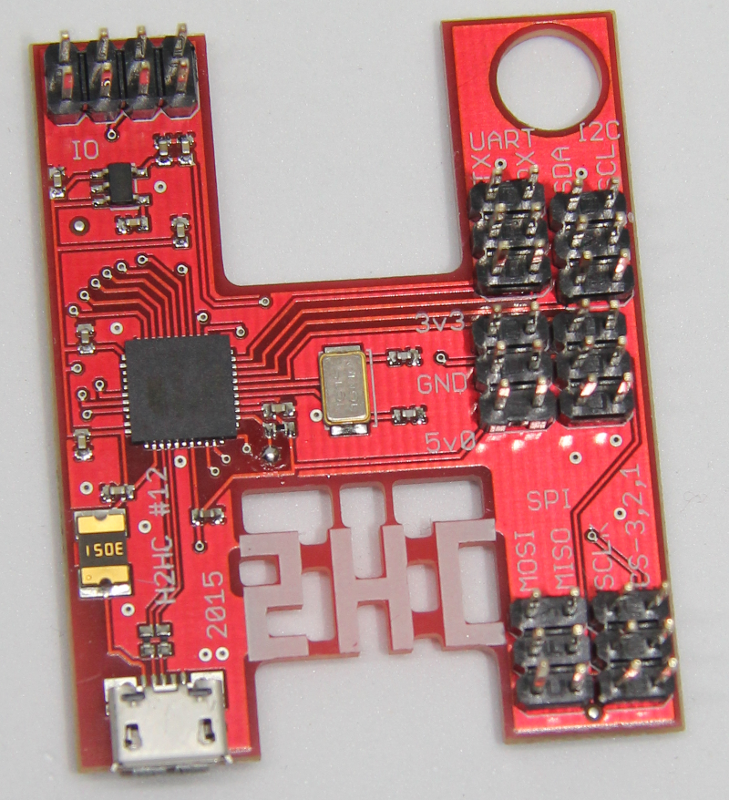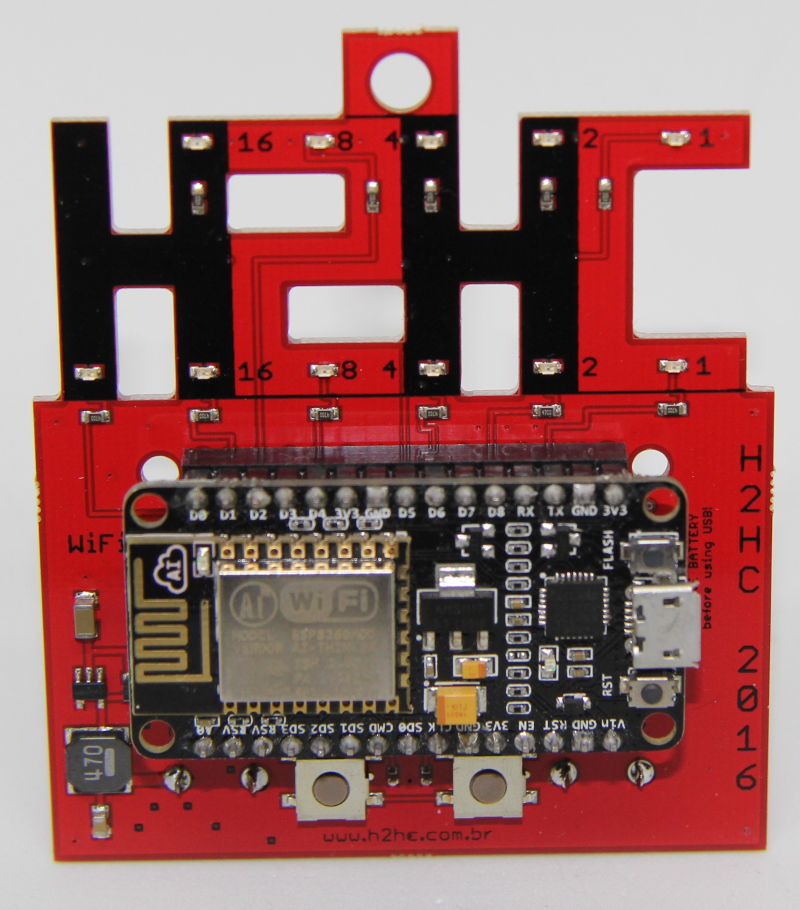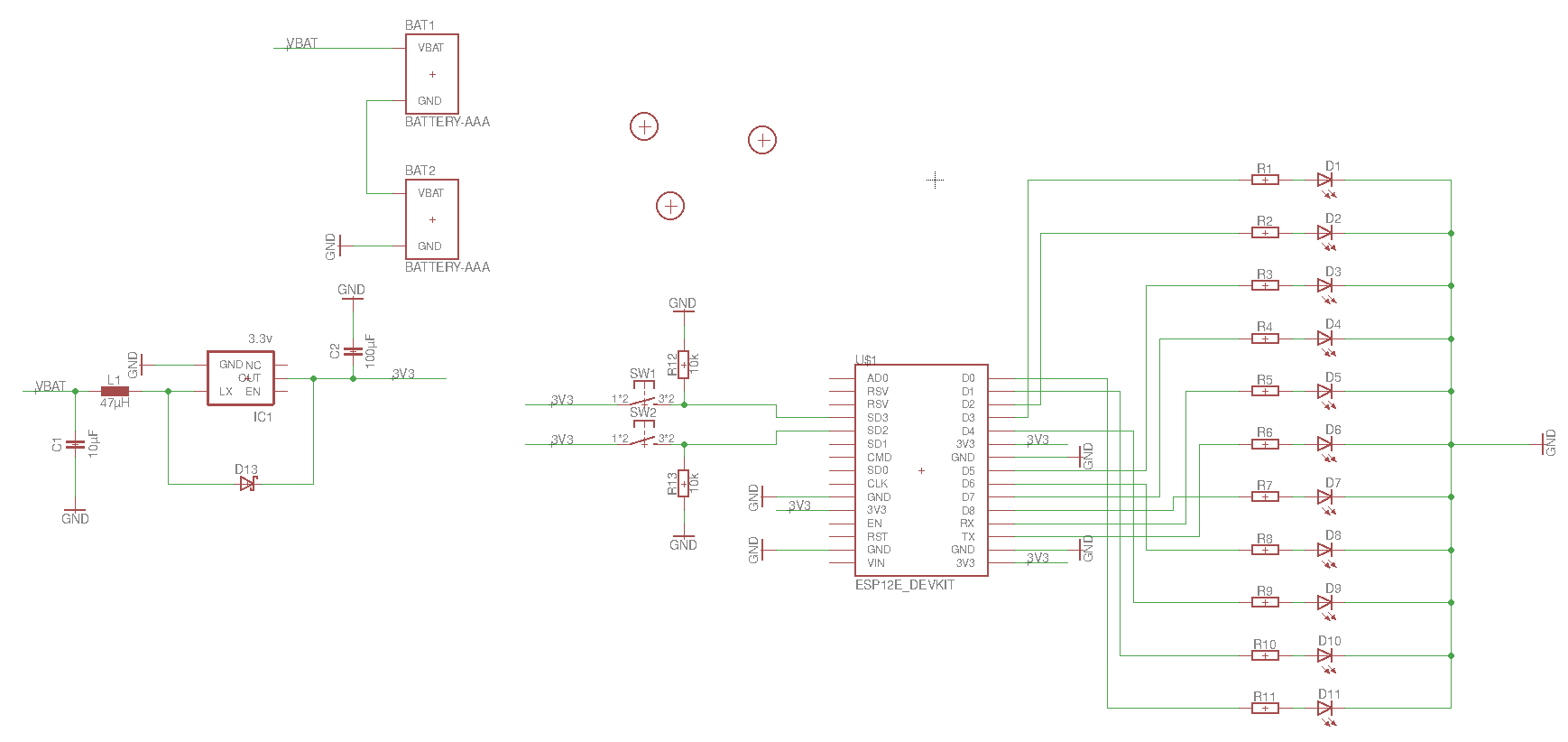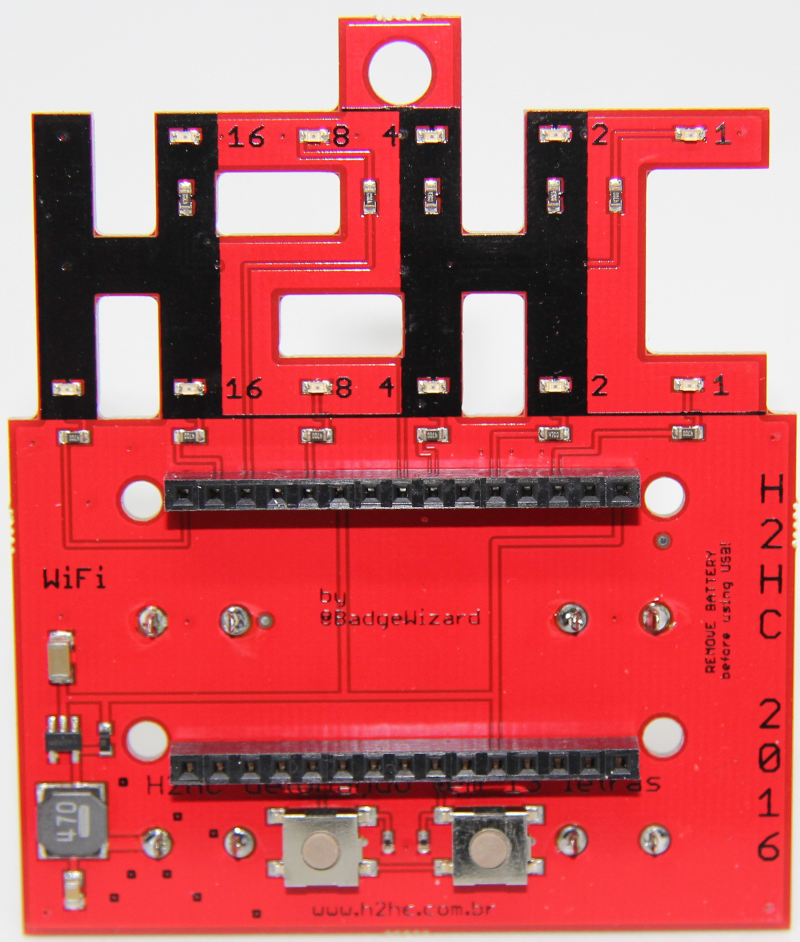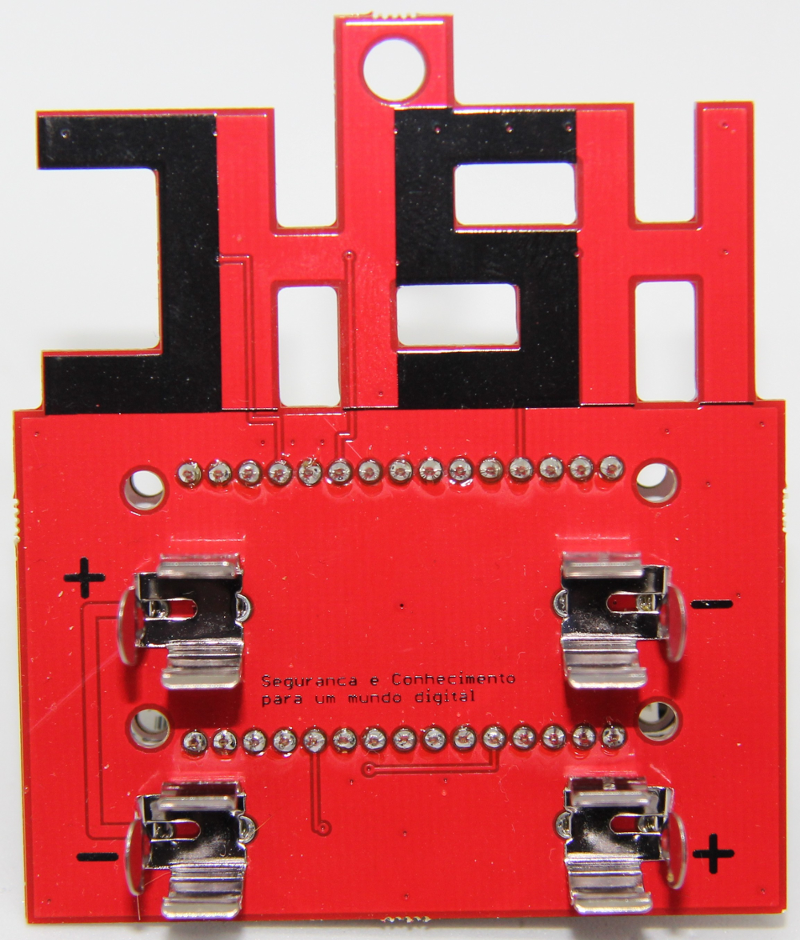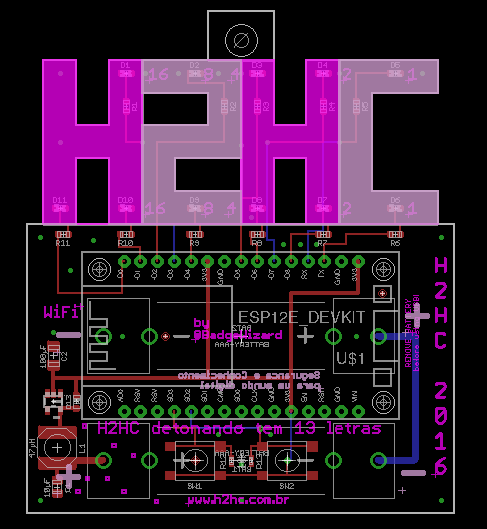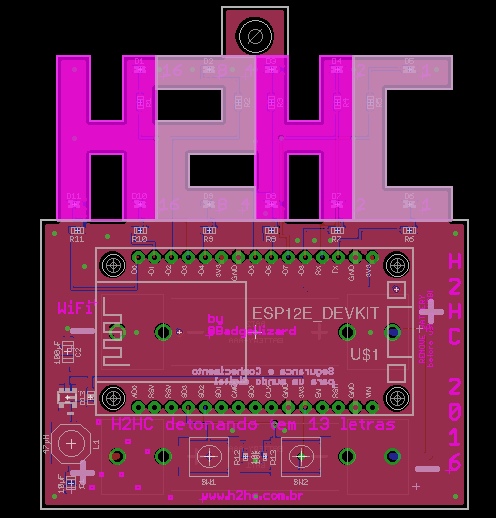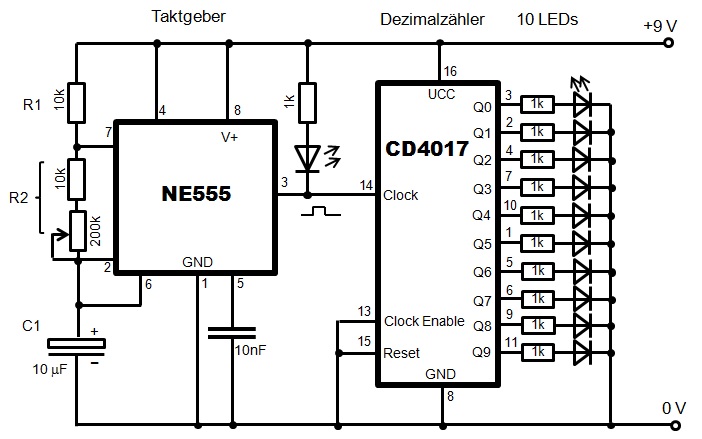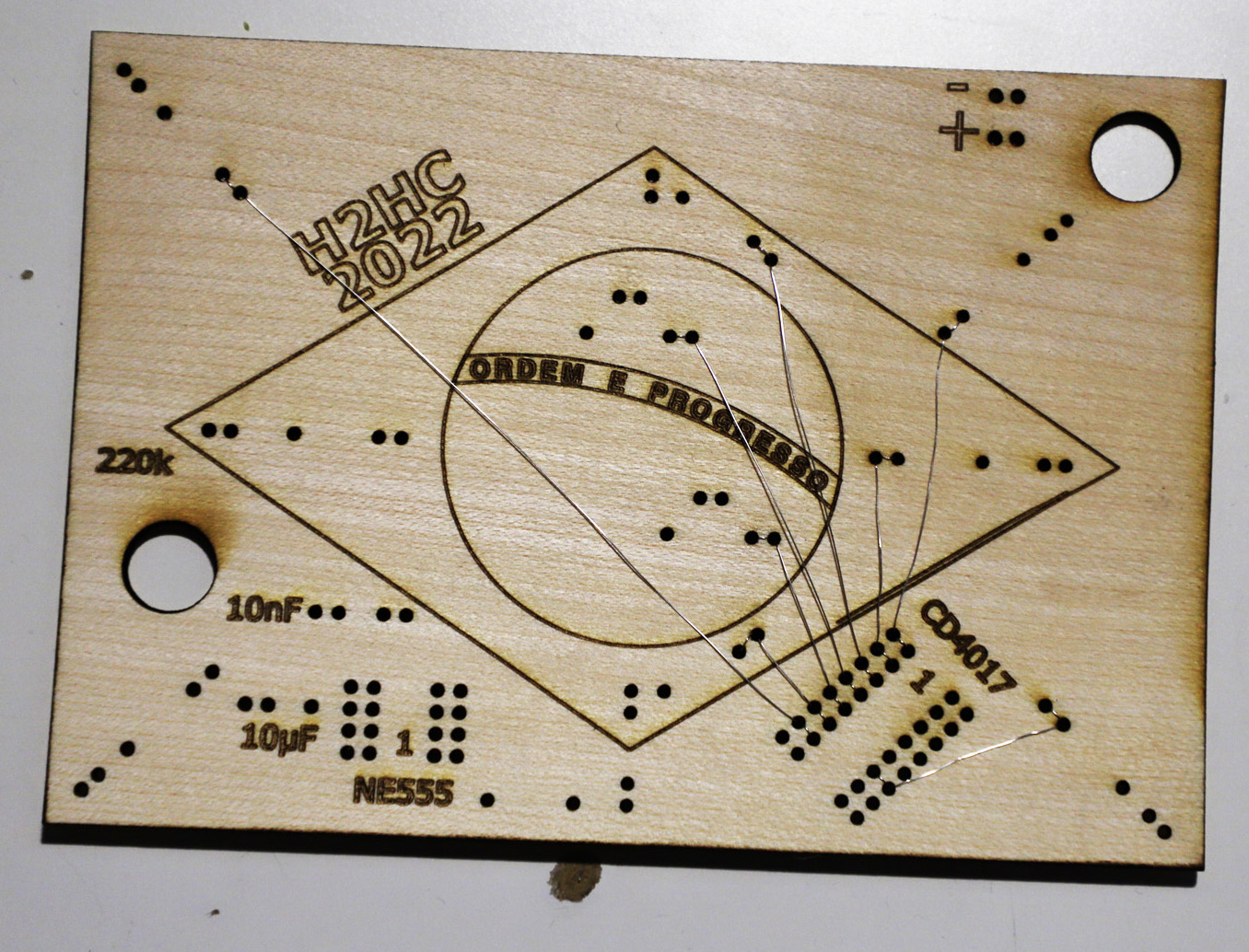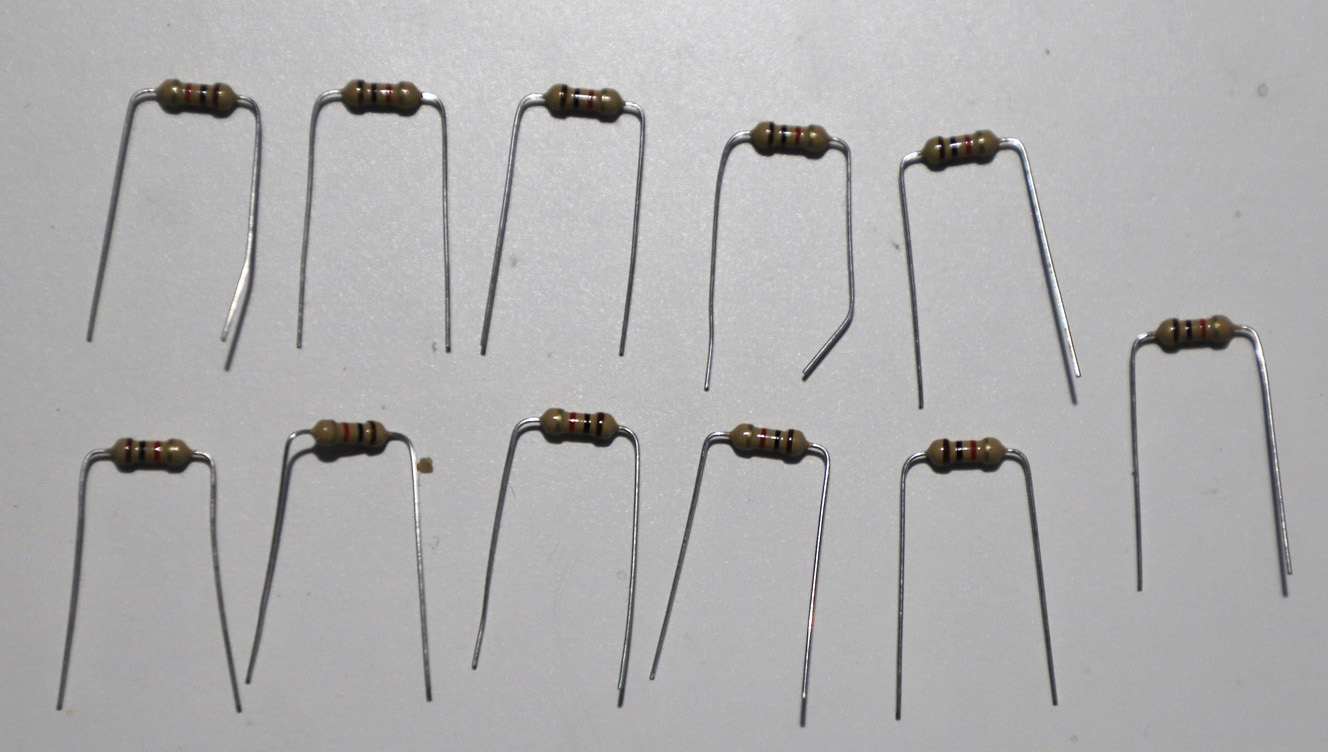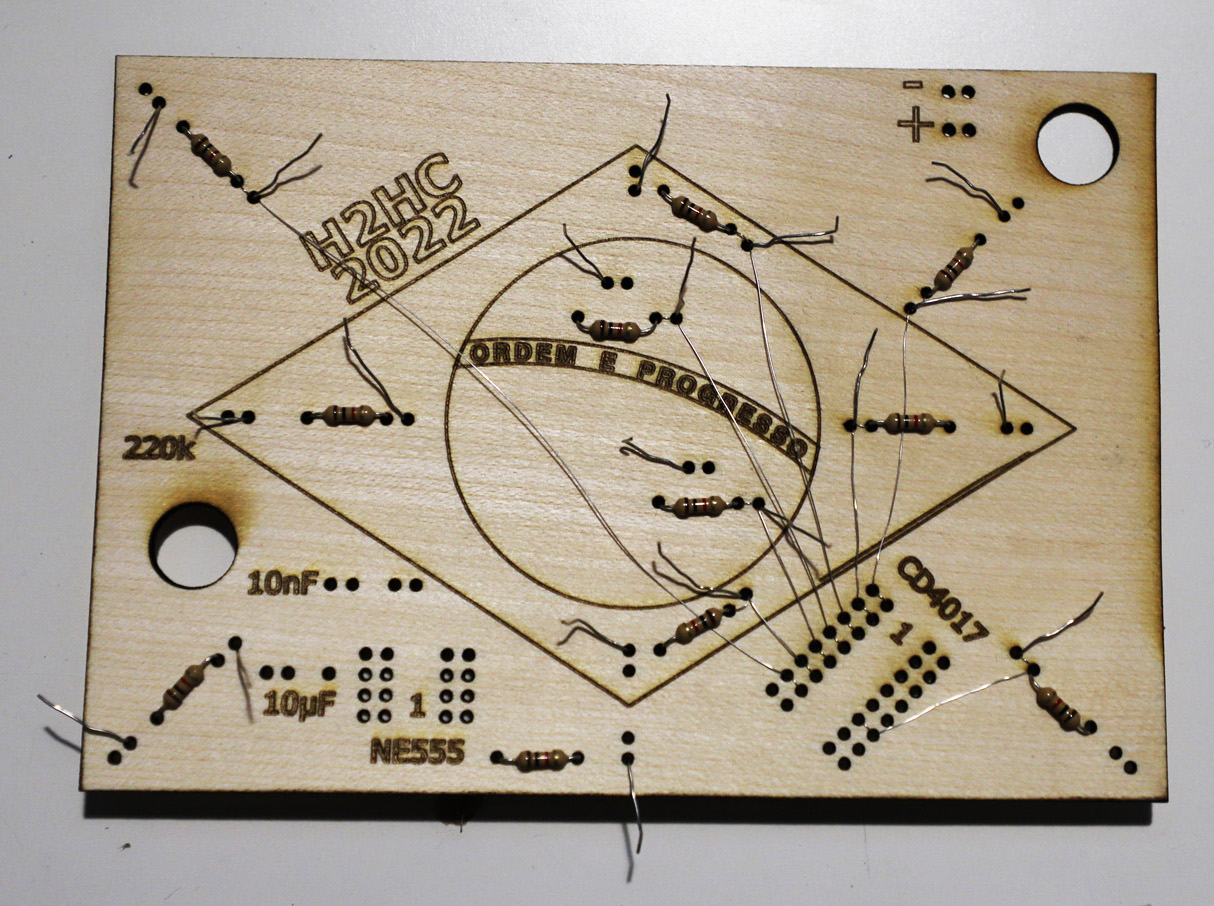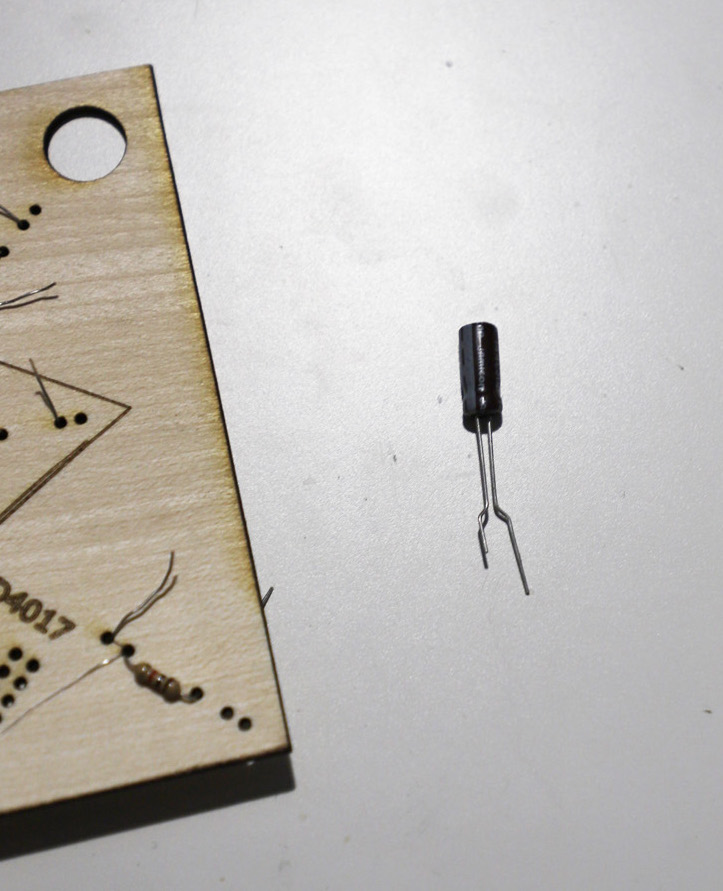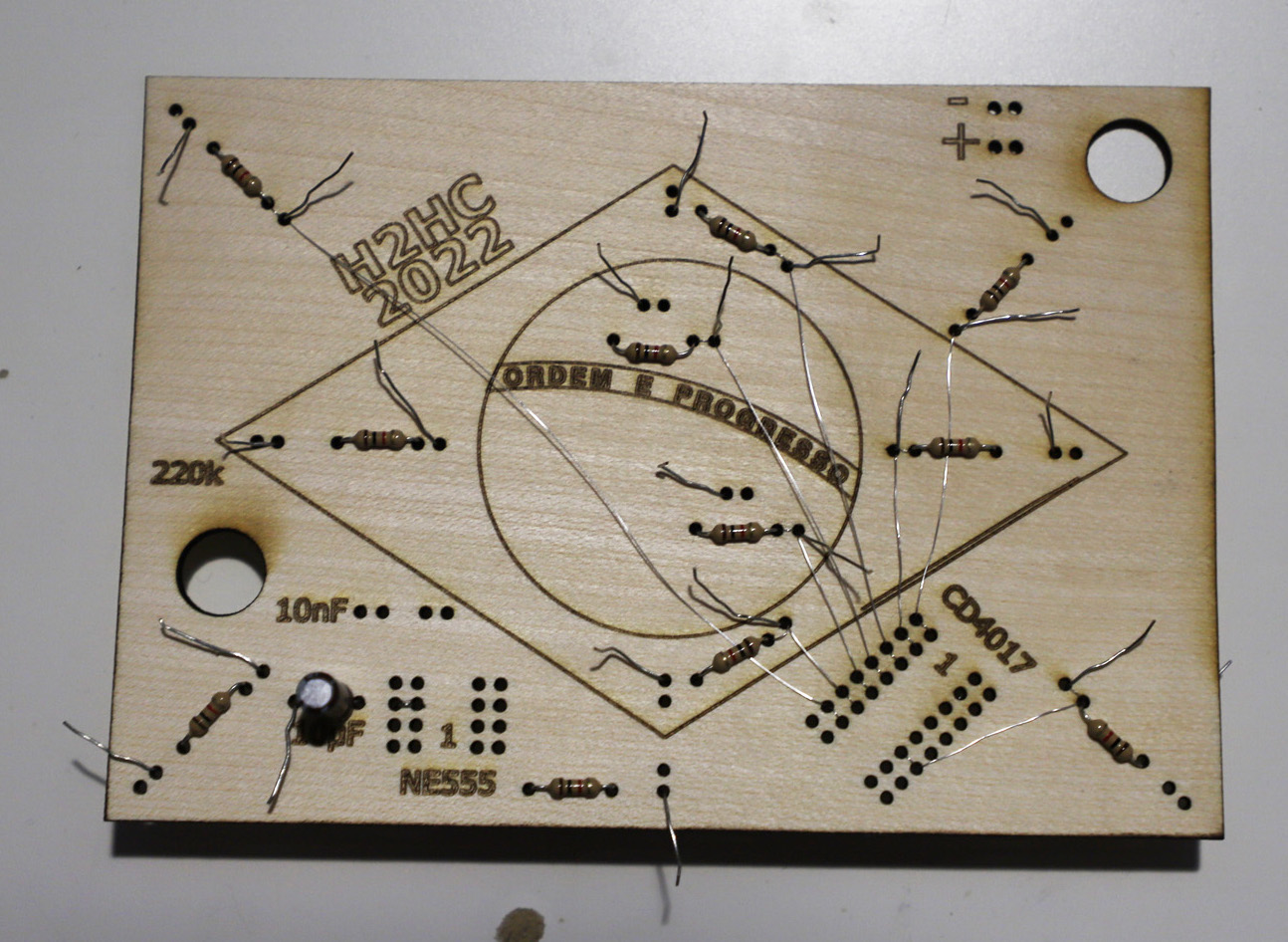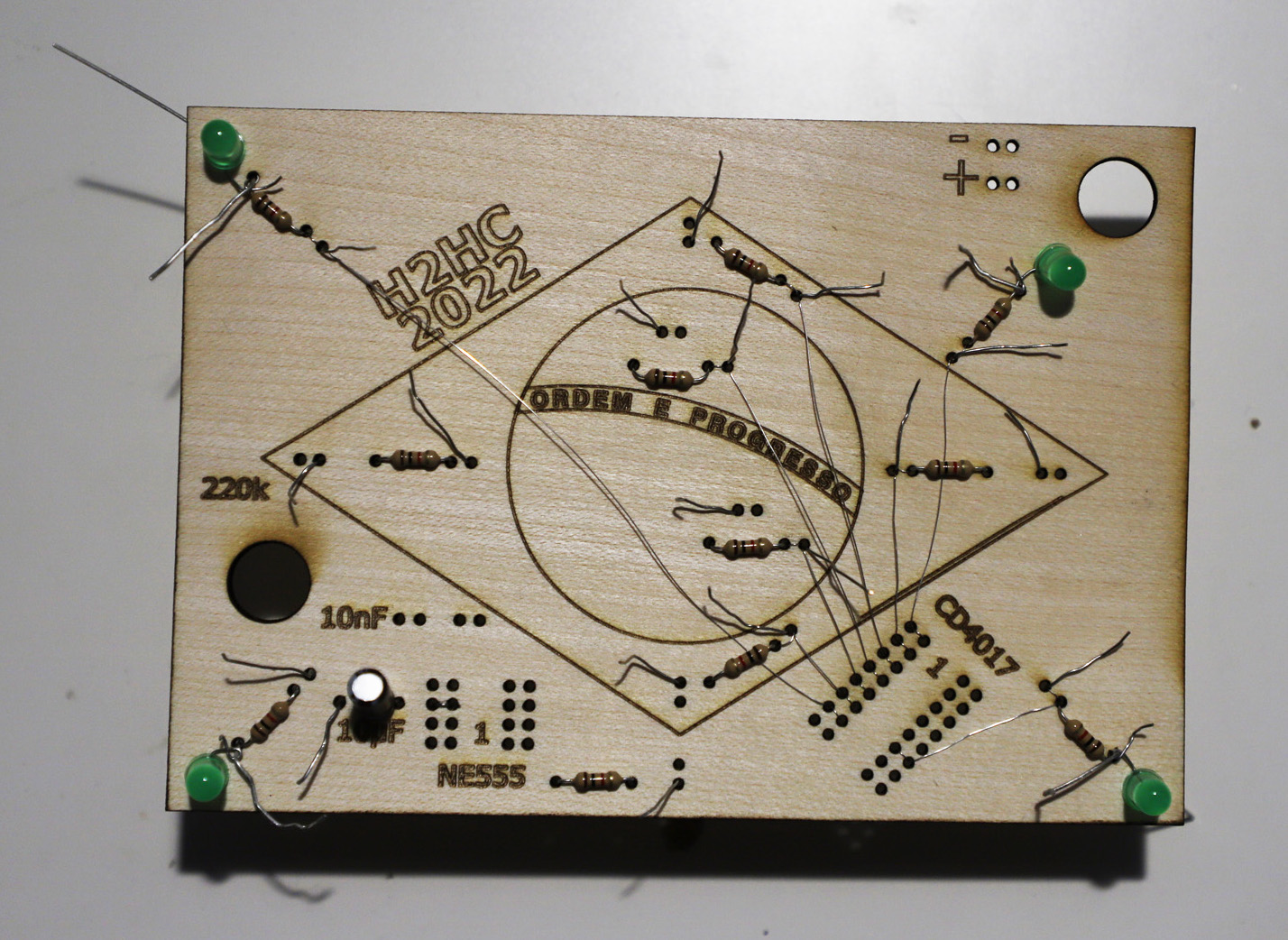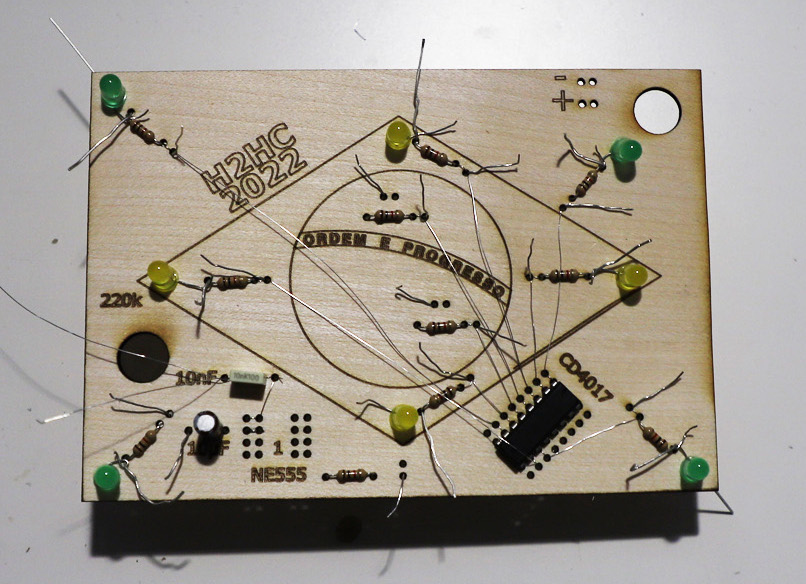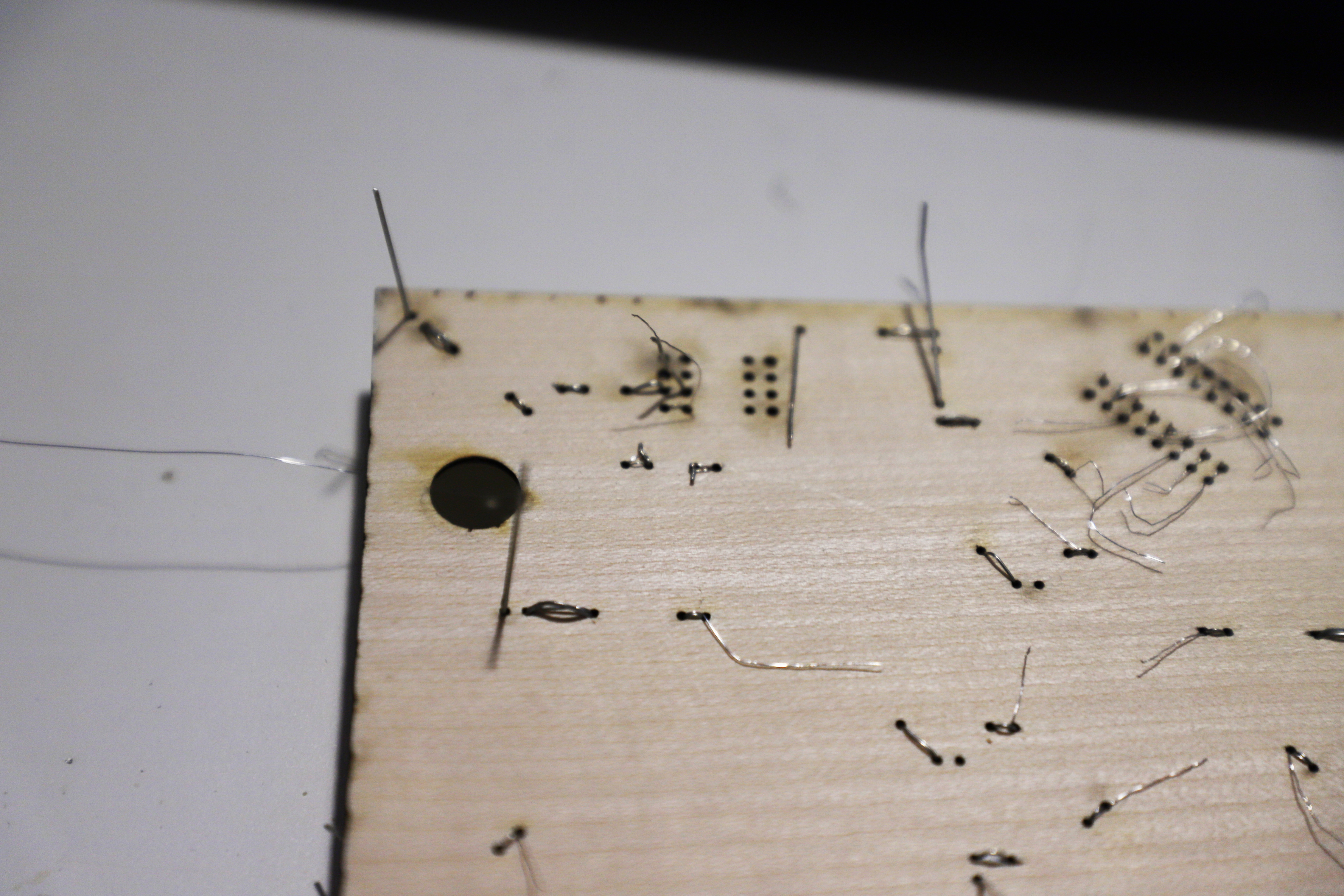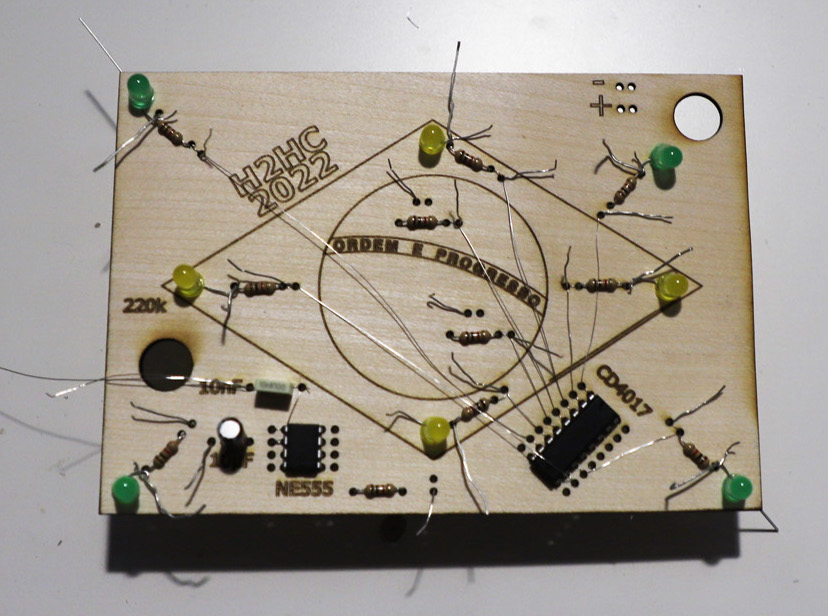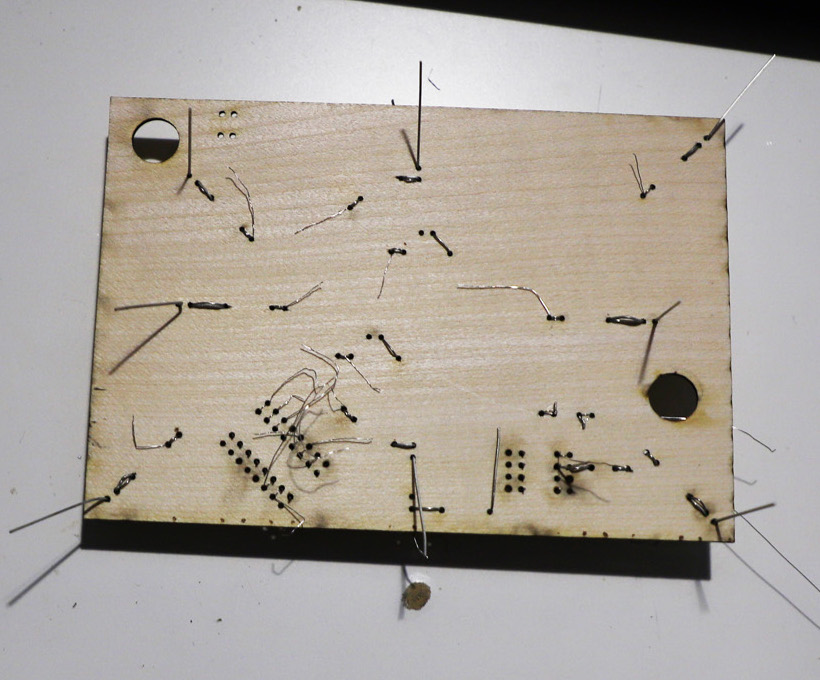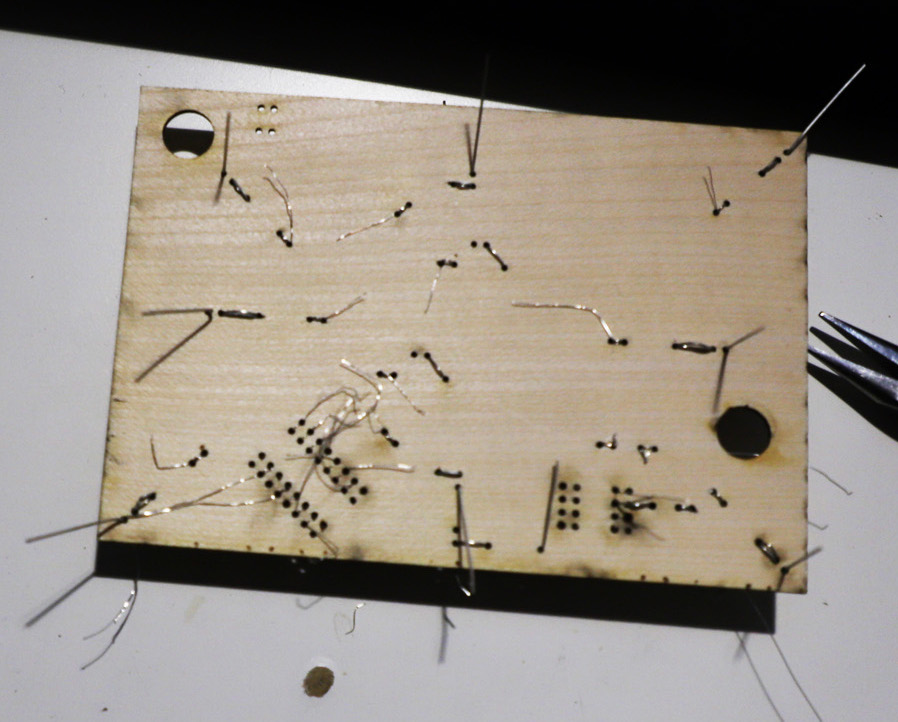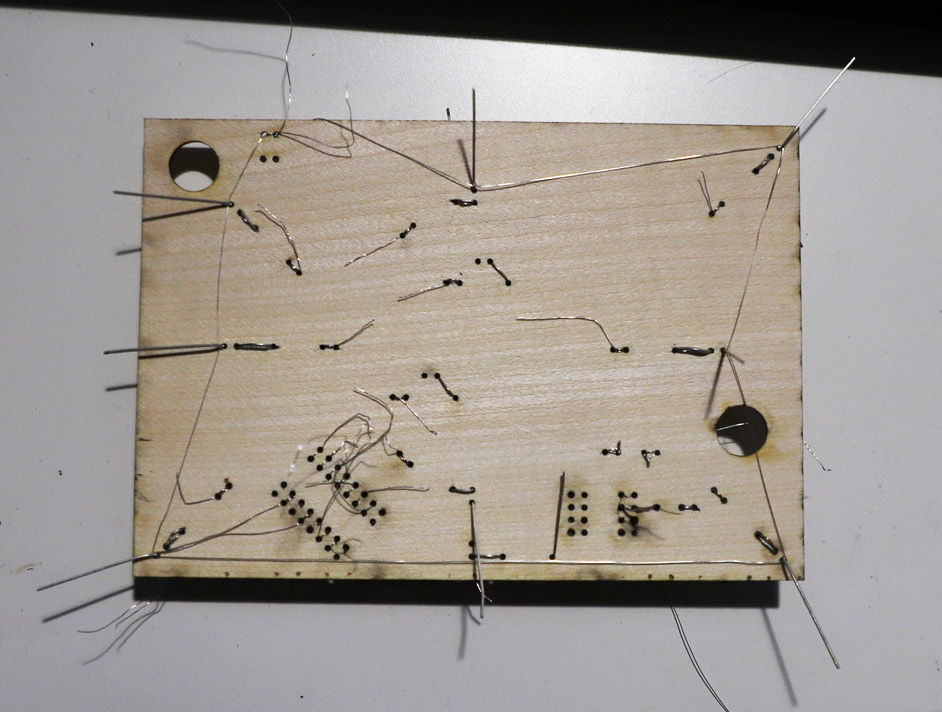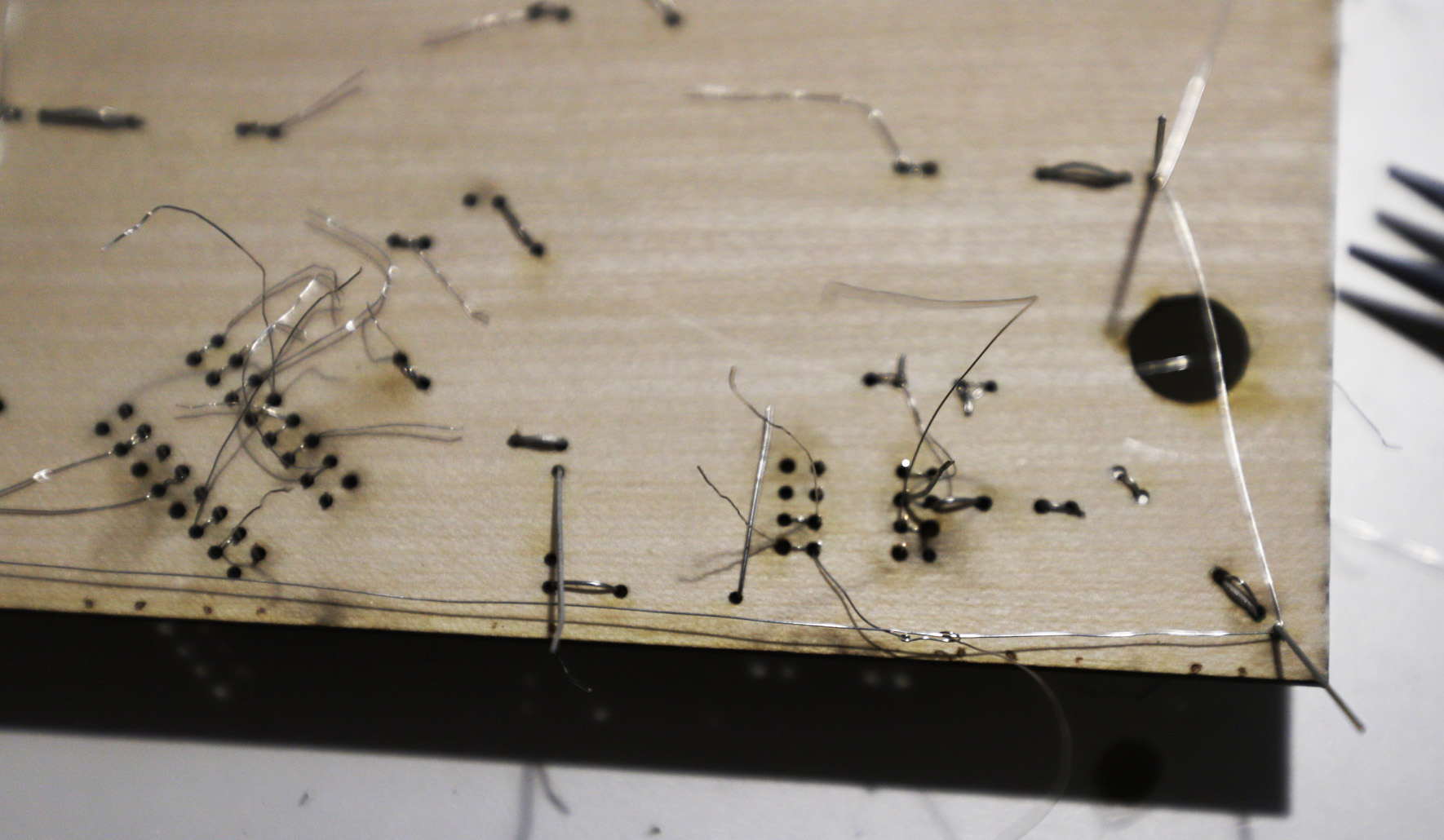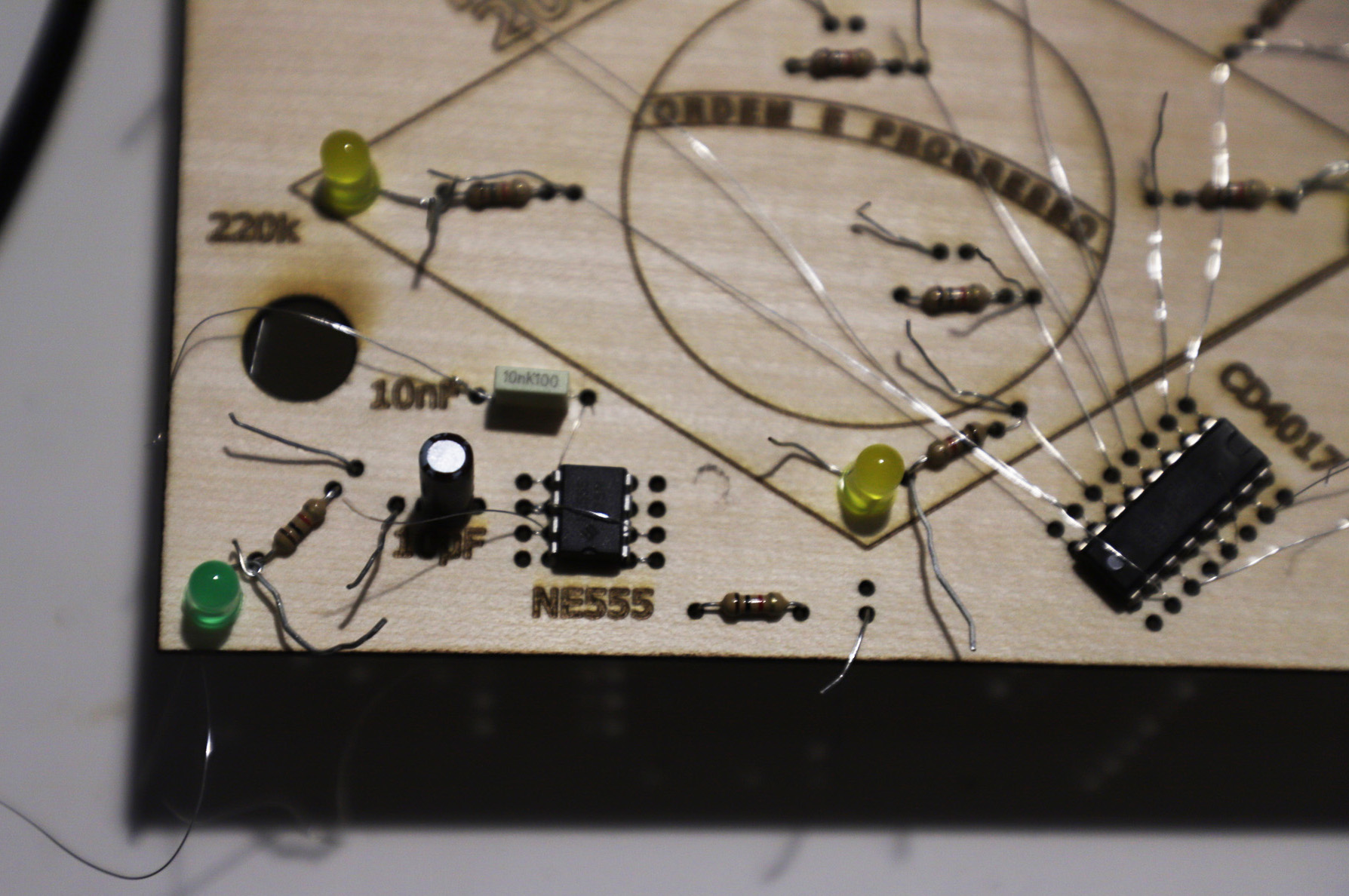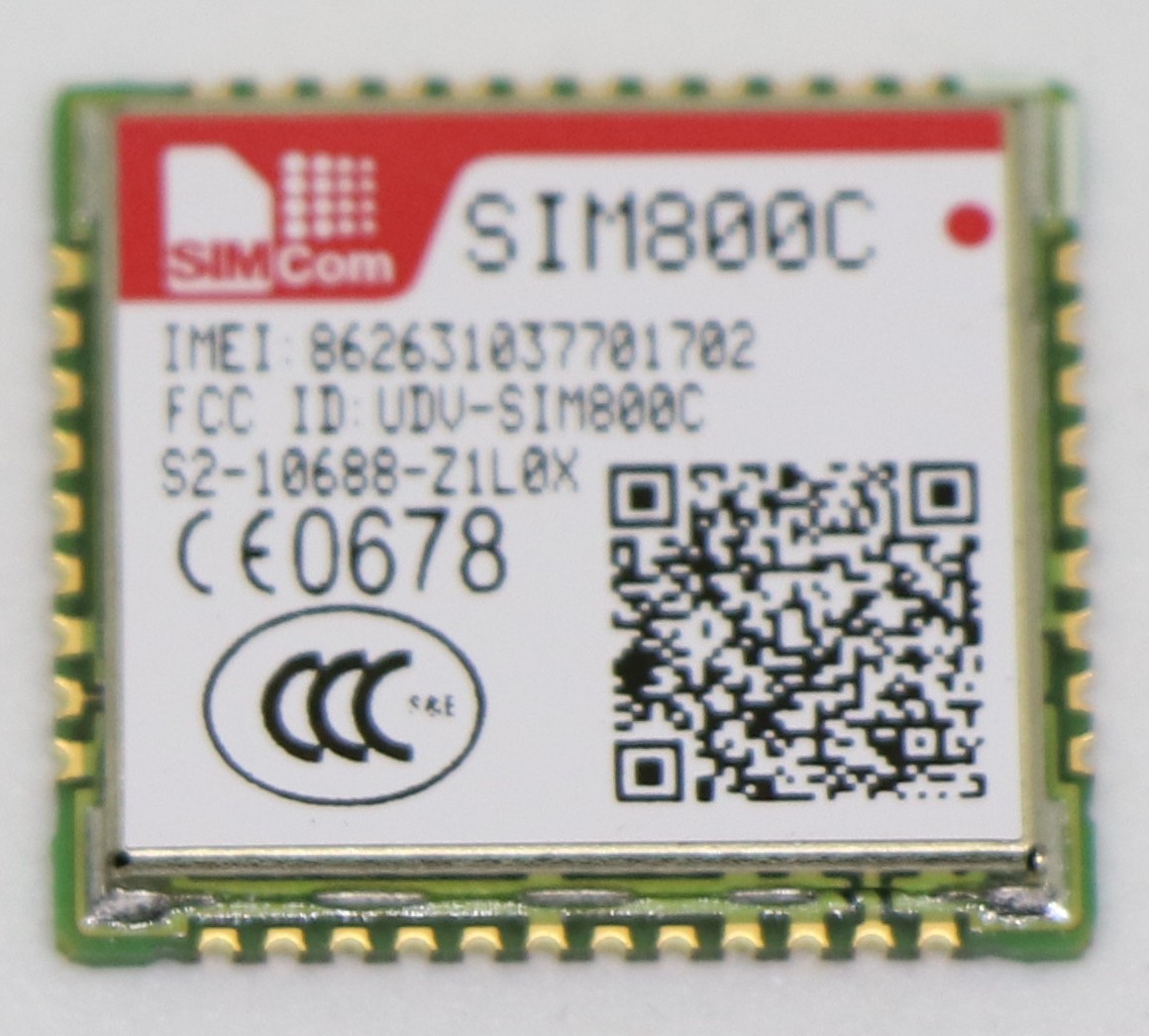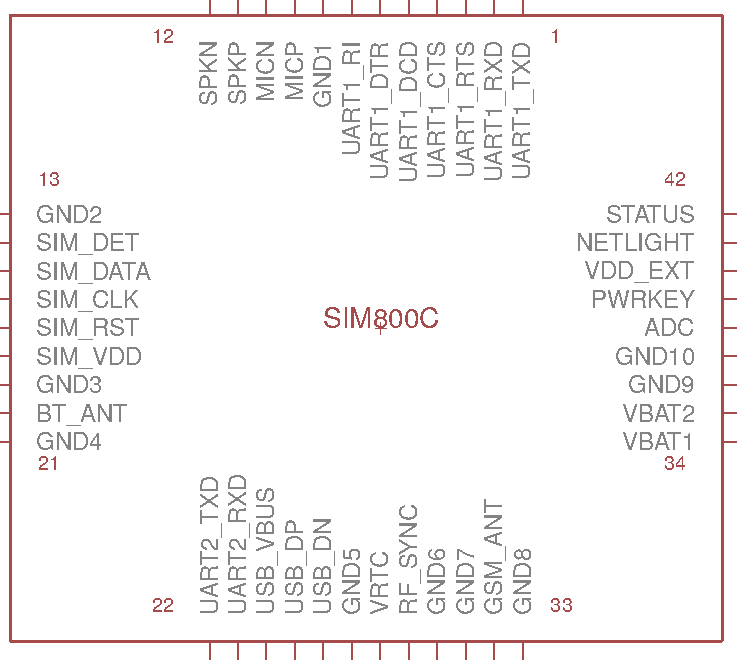A while back I started looking for a solution with which I could prove to be able to work safely from home while breaking devices. Sadly I wasn’t able to find anything small and cheap enough to actually fit my desk. The best options I found where actual workbenches and tables in various sizes. Thus I decided to design my own Electronics Working Environment.
My Requirements
- Good enough to convince the health and safety at work
- Contain all necessary components like fuses, emergency stop and RCD
- Be integrated so that a single test seal covers the whole setup
- Be a closed setup so I can actually show that I can’t just fiddle with it ;)
- Cheap enough for me to actually make, buy and develop
- Portable, to also be able to use it during odd jobs
- Small enough for a desk
- Be based on off-the-shelf components
- Usable
- Fixed voltage supplies for 5V and 24V and maybe 48V
- Adjustable power supply
- Maybe USB
- Maybe a safe 230V outlet
Standards & Safety
In preperation I read a few standards on the topic
[Read More]